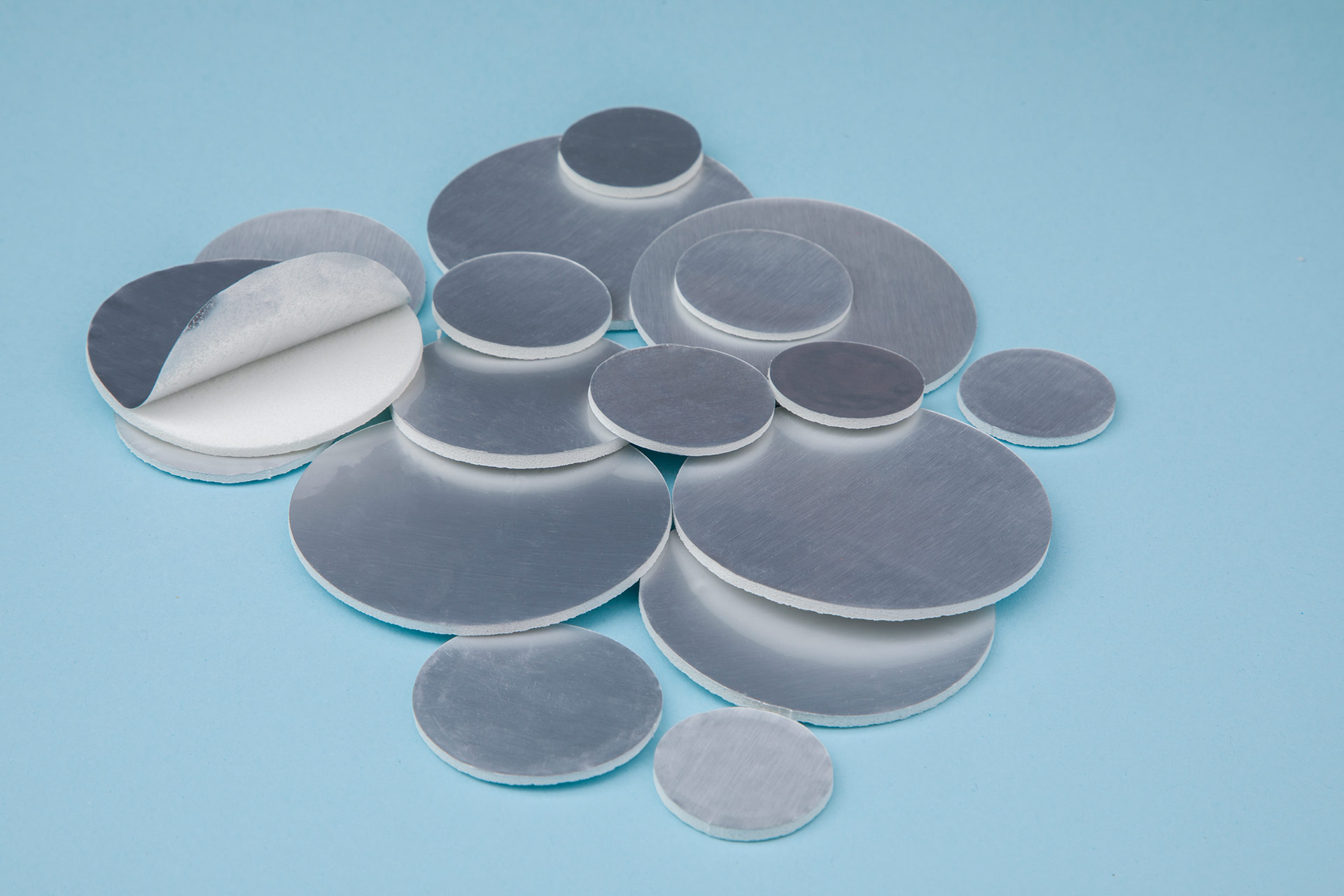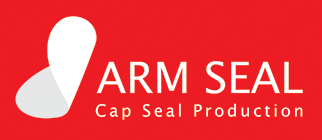Principle of High Frequency Induction Heating Adhesion
High frequency induction heating adhesion (induction heat sealing) principle: The conductor located in the coil of a high frequency machine (induction seal header / sealing bar) is placed close to the aluminum foil inside the induction seal liner, and induced (eddy) current flows through, and exothermic reaction from the induced (eddy) current and hysteresis loss quickly heat up and melt the adhesive film layer (sealant layer) and adhere to the container.

Types of Sealing Containers
Polyethylene (LDPE/HDPE)
- Excellent impact resistance at low temperatures.
Polypropylene (PP)
- Has better heat resistance(melting point 160 degrees) than polyethylene containers.
- Transparency is not as good as PET but better than polyethylene.
- It is used for retort food packaging and hot-filling or products that later need to be pasteurized.
Polyethylene terephthalate (PET)
- Excellent transparency, used for food containers such as beverage.
- Not suitable for hot filling or products for pasteurization due to insufficient heat resistance of the containers.
Polycarbonate, PC
Styrene resin (Acrylonitrile-butadiene-styrene, ABS)
Polyvinyl chloride, PVC
Crystalline Polyethylene Terephthalate, CPET
Polystyrene (PS)
- Excellent moldability but insufficient impact strength and heat resistance.
- Insufficient resistance to chemicals, weak to oil.
